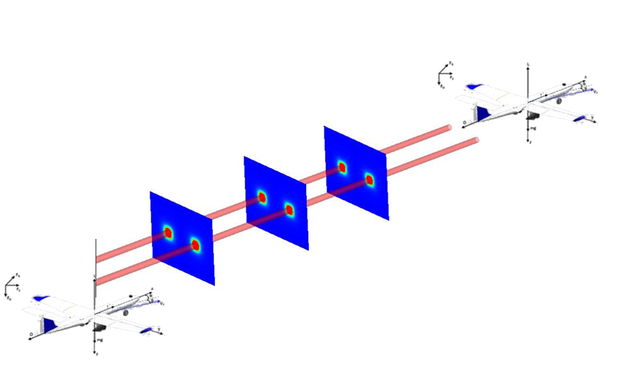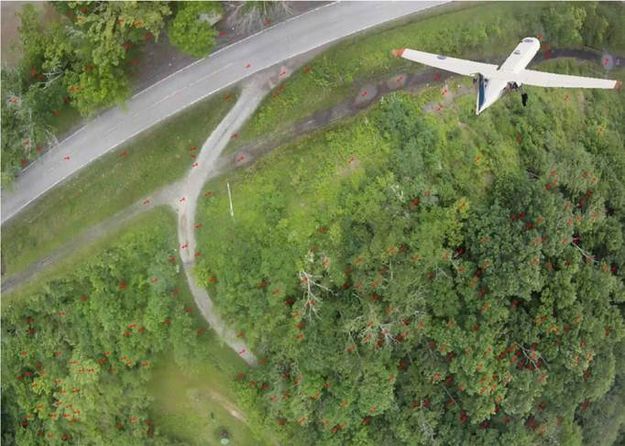Research
Research
CUSL‘s research interest is in the areas of estimation, control, and dynamics of unmanned vehicles with an emphasis on unmanned aerial vehicles. Current focus is on vision-aided navigation, wind/gust estimation, cooperative control, remote sensing, and small UAV development.
Active Projects:
Small Unmanned System Development for Earth and Environmental Observations
Small unmanned autonomous systems can be deployed for different scientific research projects including but not limited to aviation safety research, atmospheric measurement, agricultural/environment monitoring, emergency response, etc.
KHawk - Flying Wing UAV
KHawk 48"-1 Flight Test
1. KHawk flying-wing-48 manual takeoff
2. KHawk Flying Wing 48 Auto-Circling
Wind/Gust/Wake Sensing and Suppression with Aircraft Formation Flight
Birds fly in V or echelon formations for energy saving as well as enemy defense. The follower bird usually flies in the wakes generated by the leader bird. However, it is unclear how exactly birds interact with the wake vortices during close formation flight. Small UAVs offer ideal platforms for further understanding of the interaction between the aircraft and the flow field such as wake vortices generated by the leader aircraft. Such researches could potentially lead to significant fuel saving of commercial flights and help decreasing the waiting time at airport terminals.
Former Research Projects:
Optical flow has been used by insects and birds for navigation functions such as obstacle avoidance, speed regulation, landing, etc. It also has big potentials to support small UAVs for short-range navigation in GPS-degraded or GPS-denied environments.
- Publications
- Rhudy, M., Chao, H., & Gu, Y. (2014). IEEE International Conference on Intelligent Robots and Systems (IROS). Wide Field Optical Flow Aided Inertial Navigation for Unmanned Aerial Vehicles.
- Rhudy, M., Gu, Y., Chao, H., & Gross, J. (2015). Unmanned Aerial Vehicle Navigation Using Wide-Field Optical Flow and Inertial Sensors. Journal of Robotics, 2015, 251379
Collaborative Stereo Vision Sensing with Small UAV Formation, NASA-Kansas-EPSCoR SIG, 2015-2016
- Publications
- Zhang, M., Wang, G., Chao, H., & Wu, P. (2015). Fast and Robust Algorithm for Fundamental Matrix Estimation. In International Conference on Image Analysis and Recognition.
- Chao, H., Brink, K., & Miller, M. (2017 to appear). ION Pacific PNT Conference. Collaborative Stereo Vision Based Relative Pose Estimation Using UAS Formation Flight.


